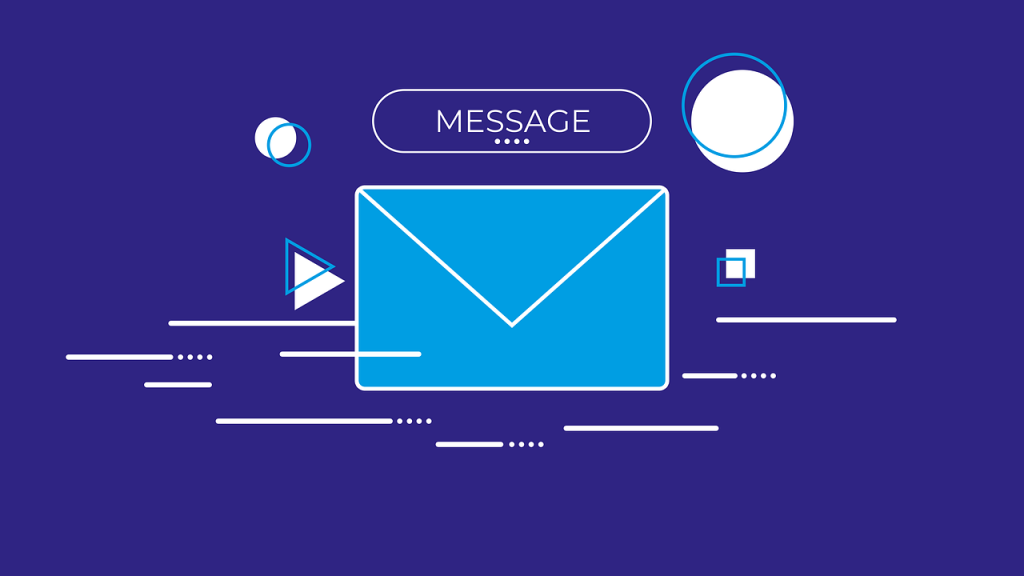In a world where competition for the attention of potential customers is fierce, businesses must find new and innovative ways to reach their target audience. Artificial intelligence (AI) has become an increasingly popular tool for cold email marketing that is both effective and efficient.
AI can help businesses send emails with personalized content tailored to individual needs in order to increase open rates and conversions. By leveraging AI technology, businesses can automate the process of sending out hundreds or thousands of emails at once while ensuring each one is customized for maximum effectiveness. Let’s explore how AI can be used to create cold email campaigns that get a response, generate leads, and drive sales growth.

What is cold email marketing?
Cold email marketing, also known as direct email marketing, is an effective method of reaching out to potential customers who may not be familiar with your business or brand. It involves sending personalized emails to individual addresses in order to introduce them to what your company offers and invite them to learn more.
The key to successful cold emailing lies in the quality of your content. You need to create a compelling message that stands out from the bazillion other emails competing for your recipient’s attention. And to do that effectively, you need to use artificial intelligence tools that can help you craft an engaging and persuasive email message.
Is cold email marketing effective?
Cold emails are a powerful tool for businesses to reach potential customers and generate leads. When done correctly, it can be an effective way to drive sales growth. However, the key to an effective cold email strategy is in using artificial intelligence and smart algorithms to personalize your outreach. By tailoring your messages to each recipient based on their needs, interests, and behaviors, you can increase conversion rates.
One of the biggest challenges in cold email marketing is writing effective outreach messages. A/B testing and maximizing open rates is only part of the equation – it’s also important to know what recipients are looking for and how to tailor your messaging accordingly.

What is artificial intelligence (AI)?
Artificial intelligence, in essence, is a computer system that can learn, adapt, and make decisions. It relies on various algorithms to process inputs and make intelligent decisions based on those inputs. For example, if you were creating a system that could learn to play chess, you would give the system inputs like data on the different chess pieces and the rules of the game. The system would then analyze this data using its computational power, learning from past experience, and making decisions about how to play the game.
AI helps businesses create effective cold email campaigns
One of the main benefits of using AI for cold email is that it can help businesses maximize open rates and interest by automatically personalizing each email based on factors such as the recipient’s demographics, interests, and past browsing behavior.
Additionally, AI can be used to continuously monitor and optimize campaign performance in real-time, allowing businesses to quickly identify areas for improvement and make changes accordingly. This not only enables businesses to stay ahead of their competition, but also ensures that they are always delivering the most relevant content to potential customers.

Key features and benefits of AI-powered cold email efforts
Two key benefits of using artificial intelligence for cold emails include effective targeting, which can help get someone to open your email, and improved campaign performance tracking. By leveraging AI-powered email technology, businesses are able to engage with potential customers at scale while ensuring that each email is personalized and targeted to meet their needs and preferences.
In addition, they can easily track the performance of individual campaigns over time to identify trends, respond quickly to changing market conditions, and make data-driven decisions to boost sales growth. Overall, AI has the potential to transform the way businesses approach cold email outreach by making it faster, easier, and more effective.
What makes a cold email different from spam?
Unlike spam, which is most often generic and irrelevant, cold emails should be customized for each recipient and should include information about the sender that is relevant and valuable to that contact. For example, if you are a marketing consultant who specializes in social media campaigns, your email might include a link to a case study featuring one of your recent clients who saw significant success with their social media presence after working with you.
Another important difference between spam and cold emails is that spam lacks any real strategy behind it. Cold emails, on the other hand, are often part of a larger digital marketing strategy, and they are used as part of an overall strategy to build relationships with potential customers or clients.

Are cold emails legal?
Despite their somewhat controversial nature, cold emails are perfectly legal as long as they do not contain any fraudulent or misleading information. For example, it is illegal to send a cold email that makes false claims about your product or service to trick the recipient into doing business with you. But if you are upfront and honest about who you are, what you offer, and why the recipient should be interested in doing business with you, then cold emailing is perfectly acceptable.
While there are no specific laws or regulations that regulate the content of cold emails, there are some general guidelines that can help ensure your emails get opened and read. These include using an appropriate subject line, providing your full contact information, and making sure that the content of your email is relevant to the recipient.
Best practices when creating and sending out a cold email using AI
When creating and sending out a cold email with AI, there are several best practices that businesses should adhere to that ensures maximum effectiveness.
Firstly, it is important that businesses establish clear goals for their campaigns. This includes deciding on the target audience, identifying desired outcomes, understanding the value proposition of the product or service being marketed, and identifying specific metrics for measuring success.
Once these goals have been established, businesses should then focus on developing highly targeted and personalized content that resonates with their audience. This may involve using data from past campaigns or customer profiles to tailor email subject lines, body copy, and call-to-action buttons to the specific interests and needs of each recipient.
In addition, businesses should make use of available tools and resources such as email automation software, real-time analytics dashboards, and A/B testing features in order to continuously optimize campaign performance and maximize ROI. By following these practices, businesses can create highly effective cold emails that help to generate leads, increase sales, and boost overall revenue.

How are GDPR and cold emails related?
GDPR, or the General Data Protection Regulation, is a European Union law aimed at protecting an individual’s personal data. It dictates that companies must obtain explicit consent from prospective customers before sending them any kind of direct marketing material.
But how are cold emails within GDPR rules? There are just a few guidelines to follow to stay compliant.
- Ensure that you have a valid purpose for reaching out to your prospect.
- You should be able to articulate how you obtained the prospect’s email address.
- Make sure to provide a simple and swift unsubscribing process.
- Keep your email database up to date.
- Reply to complaints and questions in a timely and efficient manner.
Generally, GDPR is limited to European Union citizens. For a cold email sent within the U.S., following GDPR compliance is not specifically necessary, but it is likely more ethical if you do it anyway.
AI writing tools and cold email software
AI writing tools have become increasingly popular among businesses that use cold email campaigns to generate leads and increase sales. This has led to a multitude of them being created and implemented.
For writing emails that are compelling and engaging, many online marketers have turned to Jasper. This tool generates emails, video scripts, social media posts, and even complete blog articles in seconds. While there are many similar AI writing tools, Jasper remains one of the most popular and innovative. Article Forge is another AI tool, but mostly used to write articles and not so much for creating an email marketing campaign.
For sending mass emails, there are GMass, Woodpecker, and SalesHandy. Each of which has its own features and benefits, with some that include cold email templates. Of course, which one is the best cold email platform depends on the needs of the business.

Key takeaways to AI and cold email marketing
One of the key benefits of using AI tools for cold emailing is their ability to automate the process of segmentation and personalization. This can involve using real-time data to determine which recipients are most likely to respond positively to a given email or identifying the best time of day to send an email based on past behavior patterns. This can go a long way to improve response rate after an initial email.
Other popular features include A/B testing capabilities that allow users to test multiple versions of individual emails to identify the most effective subject lines, copy, and call-to-action buttons. Additionally, AI tools can provide users with real-time analytics dashboards that show key campaign metrics such as open rates, clickthrough rates, conversions, and more. Overall, using an AI tool for cold emails can help businesses to create highly targeted
With AI tools like Jasper, businesses are able to create automated emails that are both efficient and effective while ensuring each one is customized according to the recipient’s preferences. Cold emailing using AI-driven technology is becoming increasingly popular among business owners who want to maximize their lead-generation efforts and build an email list without sacrificing the quality or effectiveness of their outreach campaign.
Overall, if you’re looking to improve your cold email efforts, it’s important to leverage the power of artificial intelligence and smart algorithms to create personalized campaigns that resonate with your recipients and drive conversions. With the right tools and approach, you can significantly increase your leads and sales, which will take your business to the next level!


